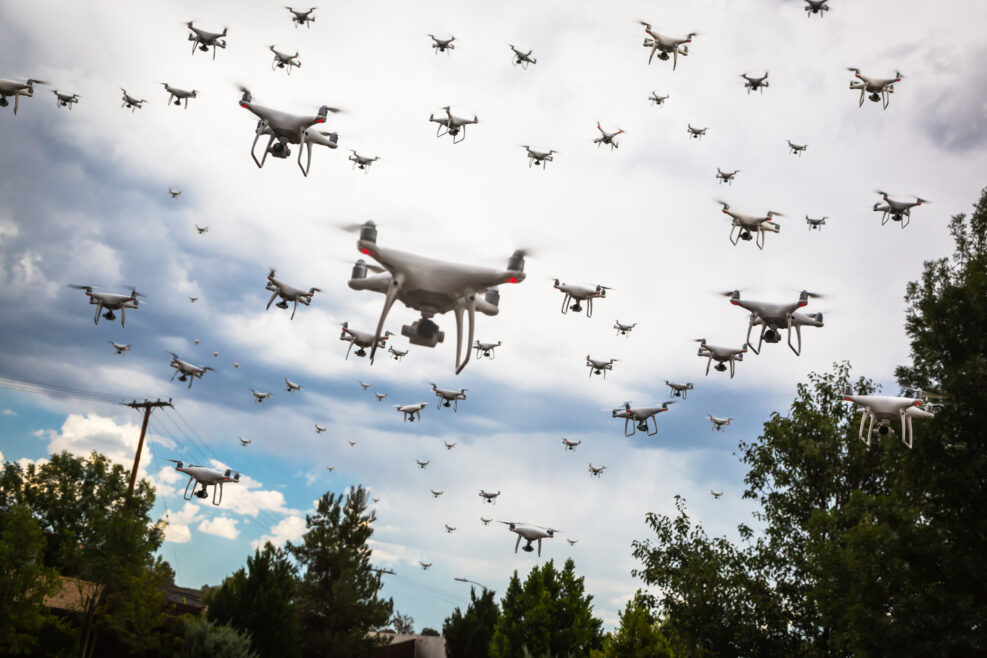
We’re the Walter Bradley Center. But Who Is Walter Bradley?
A new biography, For a Greater Purpose, discusses Bradley’s life and legacyMind Matters News is published by the Walter Bradley Center for Natural & Artificial Intelligence. And a natural question is, who is this guy, Walter Bradley? Find out in a new biography authored by design theorist William Dembski and myself, For a Greater Purpose. The Foreword is written by the extraordinary philosopher J. P. Moreland. From the book, here’s what others are saying about Walter Bradley: ● “Walter Bradley is one of the most extraordinary men I have ever known. I am in awe of him.” —William Lane Craig, PhD, DTh, ReasonableFaith.org ● “One of the great blessings God has granted me in my life is the opportunity to have co-ministered with [Walter Bradley] among faculty and students on university Read More ›



















